In today's fast-paced world of manufacturing and logistics, efficiency is the key to success. Every second saved, every error eliminated, and every process streamlined contributes directly to a company's bottom line. One of the most significant advancements in this pursuit of operational excellence is the Automatic Labeling Machine. This indispensable piece of equipment has transformed how businesses of all sizes handle a fundamental task: applying labels to their products. Far from a simple sticker dispenser, a modern Automatic Labeling Machine is a sophisticated, high-speed system that integrates seamlessly into production lines, delivering precision, consistency, and unparalleled productivity.
The Anatomy of Automation: What Makes an Automatic Labeling Machine So Effective?
At its core, an Automatic Labeling Machine is a marvel of engineering designed for a singular purpose: to apply labels with extreme accuracy and speed. While the specific components can vary based on the application, most machines share a common architecture. The journey begins with the label dispenser, which peels a single label from its backing paper. This is often done using a "peel-and-stick" method where the label is pulled over a sharp edge, causing it to separate cleanly.
The peeled label is then positioned precisely by a label applicator. This is where the machine’s intelligence comes into play. Applicators can be a simple pneumatic arm that presses the label onto a flat surface or a more complex wrap-around system for cylindrical products like bottles and cans. Some advanced models use air jets to blow the label onto the product without physical contact, a method known as "air-blow" or "tamp-blow," which is ideal for delicate or irregularly shaped items.
A critical component is the product conveyor system. This is the part of the machine that moves items past the labeling head. It can range from a simple belt conveyor to a more complex system with product separators that ensure each item is spaced correctly for labeling. This precise timing and spacing are essential for achieving high-speed and accurate application.
Finally, the entire process is orchestrated by a control system—the machine's brain. This system allows operators to set parameters, such as labeling speed, label placement, and product gap. Many modern Automatic Labeling Machines come with user-friendly interfaces, often with touchscreens, making it easy to program different labeling jobs and switch between product types.
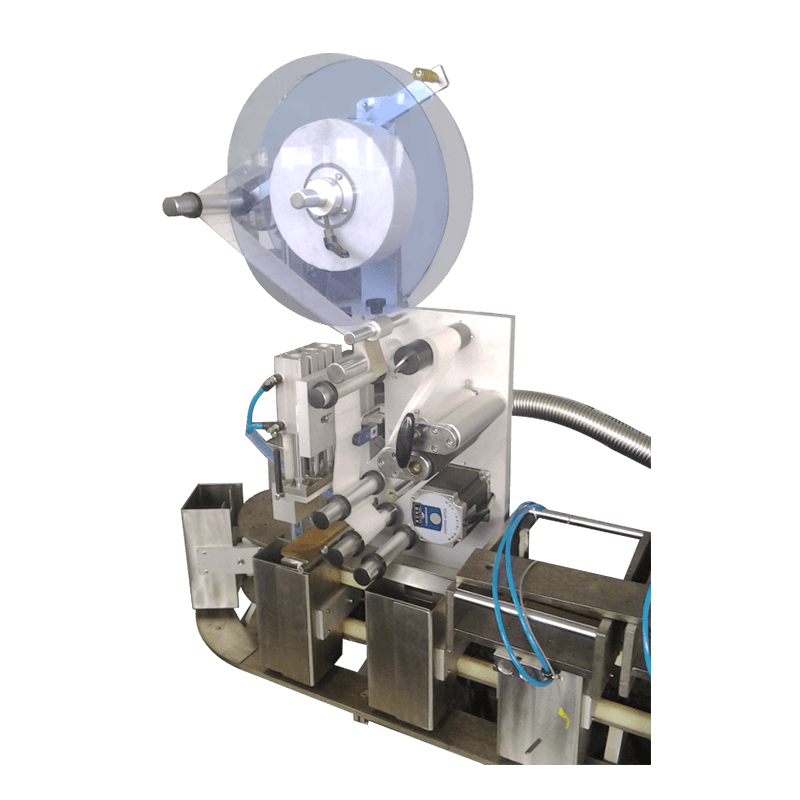
Beyond the Basics: The Versatility of the Automatic Labeling Machine
The true power of an Automatic Labeling Machine lies in its incredible versatility. It's not just for a single type of product or label. These machines can be configured to handle a vast array of labeling applications:
-
Top and Bottom Labeling: Common for flat products like boxes, cartons, and containers, this method applies labels to the top, bottom, or both surfaces simultaneously.
-
Side Labeling: Ideal for bottles, jars, and other vertical products, this machine applies labels to the sides, ensuring brand visibility and regulatory compliance.
-
Wrap-Around Labeling: A popular choice for drinks, cosmetics, and food products, this method applies a single, continuous label that wraps around the circumference of a cylindrical item.
-
Print and Apply: For dynamic applications, a Print and Apply Automatic Labeling Machine is a game-changer. It integrates a thermal transfer or inkjet printer directly into the labeling system. This allows businesses to print unique data on each label—such as lot numbers, expiration dates, barcodes, or serial numbers—and then apply the label in a single, automated step. This is invaluable for logistics, inventory management, and traceability.
The Benefits of Adopting an Automatic Labeling Machine
The transition from manual to automatic labeling offers a wealth of benefits that directly impact a business's bottom line and operational efficiency.
-
Increased Speed and Productivity: The most obvious advantage is the sheer speed. An Automatic Labeling Machine can apply hundreds, if not thousands, of labels per hour, a rate impossible to achieve manually. This dramatically increases throughput and reduces production bottlenecks.
-
Unrivaled Accuracy and Consistency: Manual labeling is prone to human error, resulting in crooked, wrinkled, or misplaced labels. An automated system guarantees precise, uniform label placement on every single product, enhancing brand image and ensuring all critical information is visible and scannable.
-
Cost Reduction: While the initial investment may seem significant, the long-term cost savings are substantial. Companies can reallocate labor from the tedious task of labeling to more value-added activities. Additionally, reduced product waste from mislabeled items and improved production speeds contribute to a lower cost per unit.
-
Enhanced Traceability and Compliance: For industries with strict regulatory requirements, such as food and pharmaceuticals, an Automatic Labeling Machine with print-and-apply capabilities is essential. It ensures that every product is accurately marked with essential information, making it easier to track products through the supply chain and comply with industry standards.
In conclusion, the Automatic Labeling Machine is far more than just a piece of industrial equipment; it's a strategic asset. By delivering unmatched speed, accuracy, and versatility, it empowers businesses to streamline their operations, reduce costs, and maintain a competitive edge in an increasingly demanding market. Investing in an automated labeling solution is not just about efficiency—it's about building a foundation for sustainable growth and long-term success.


 English
English Español
Español عربى
عربى
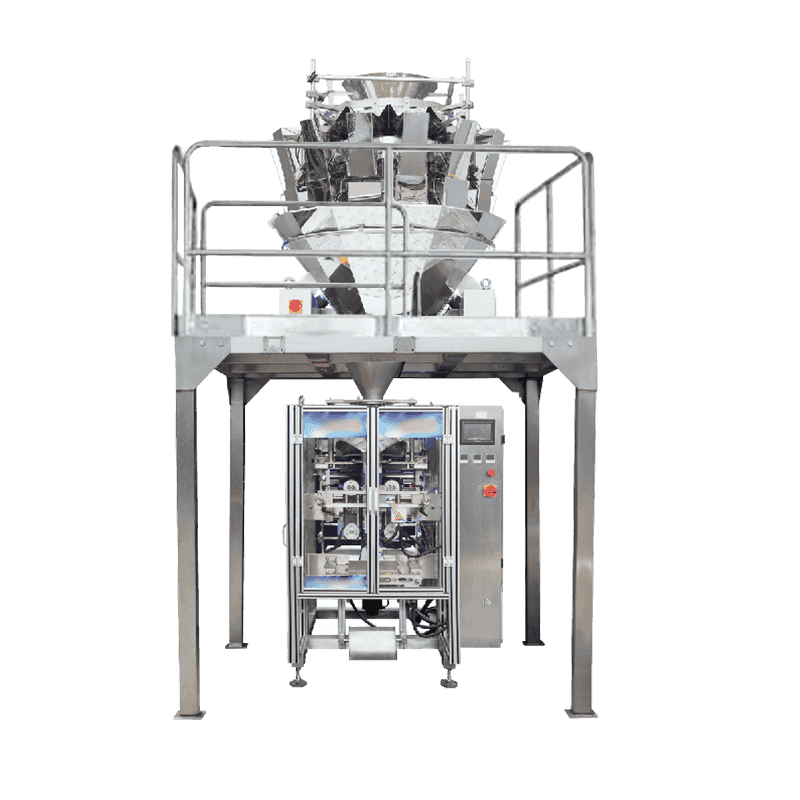
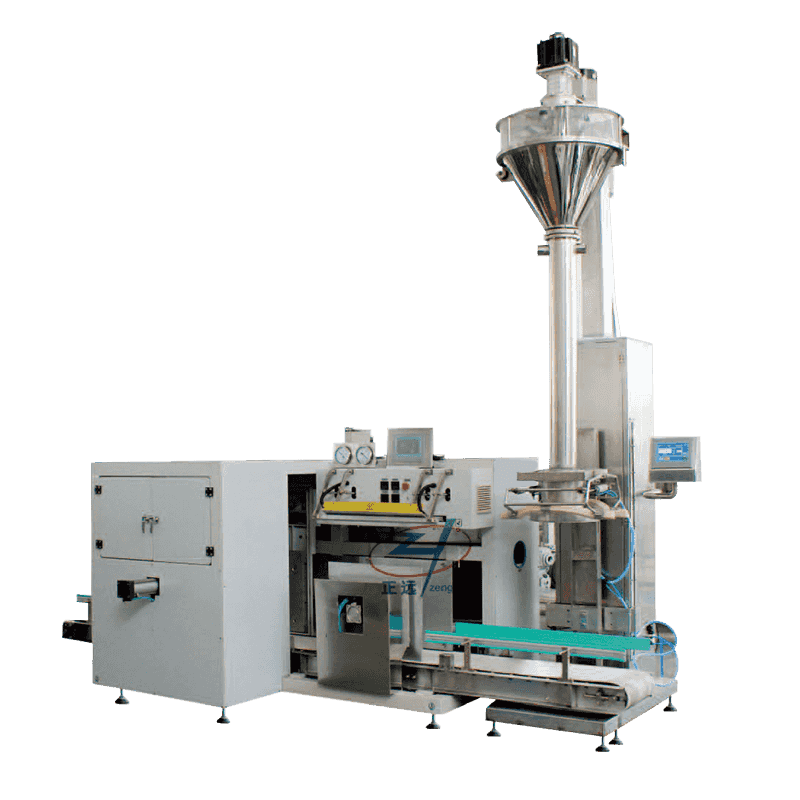
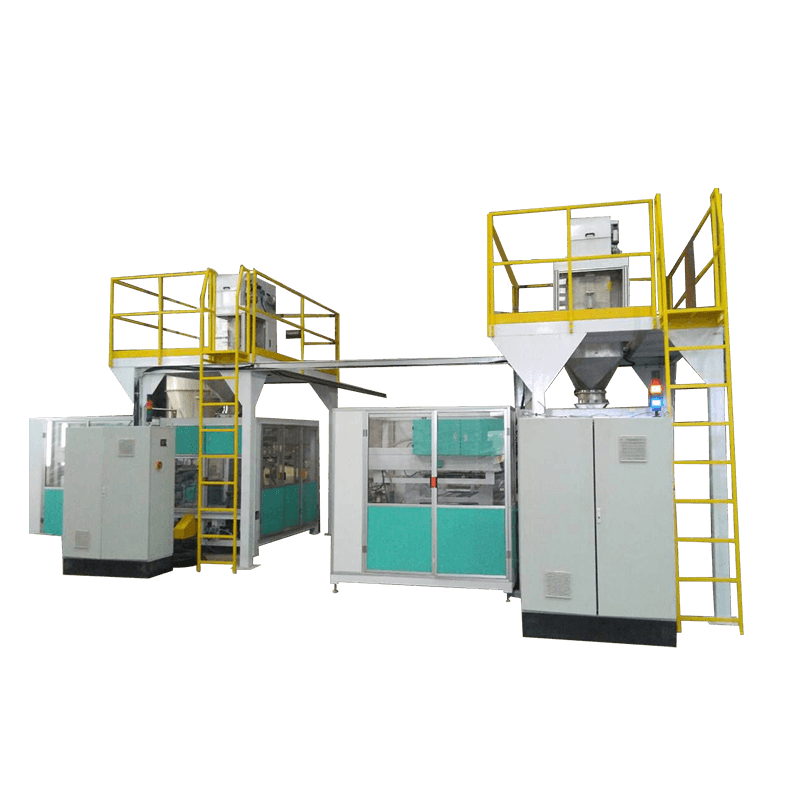
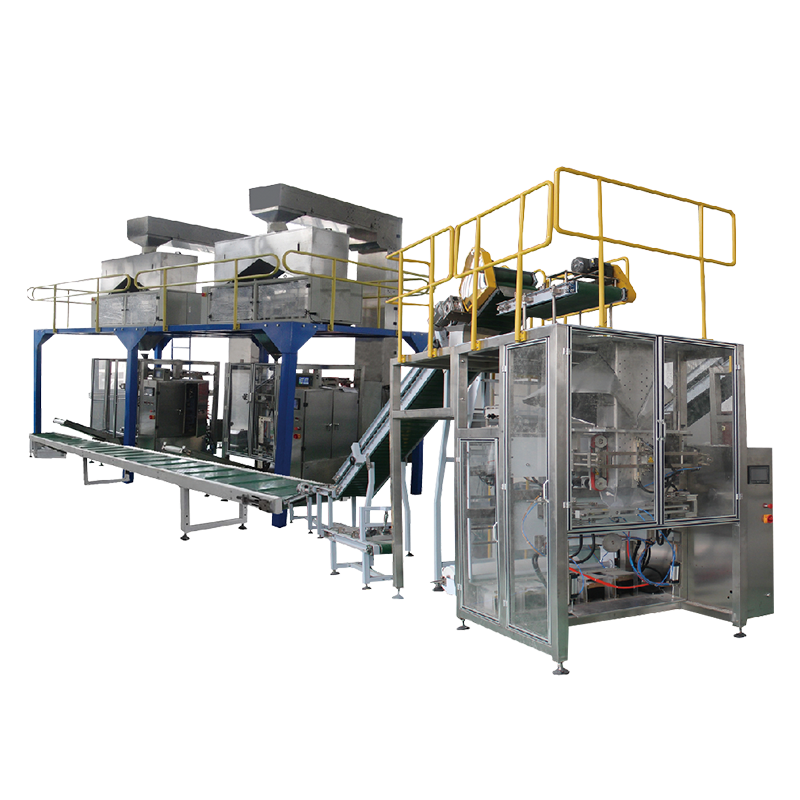
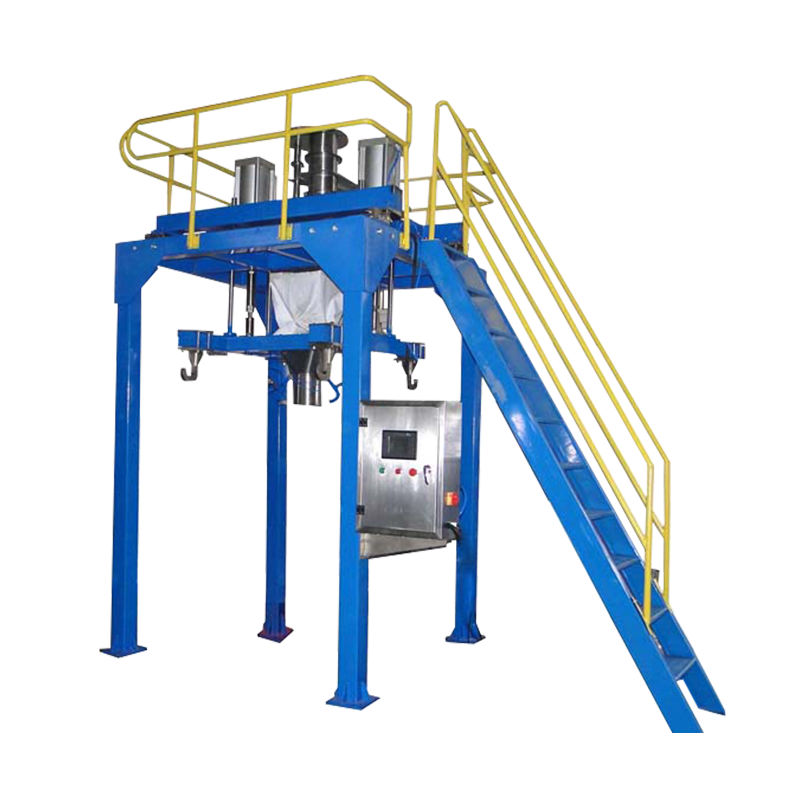




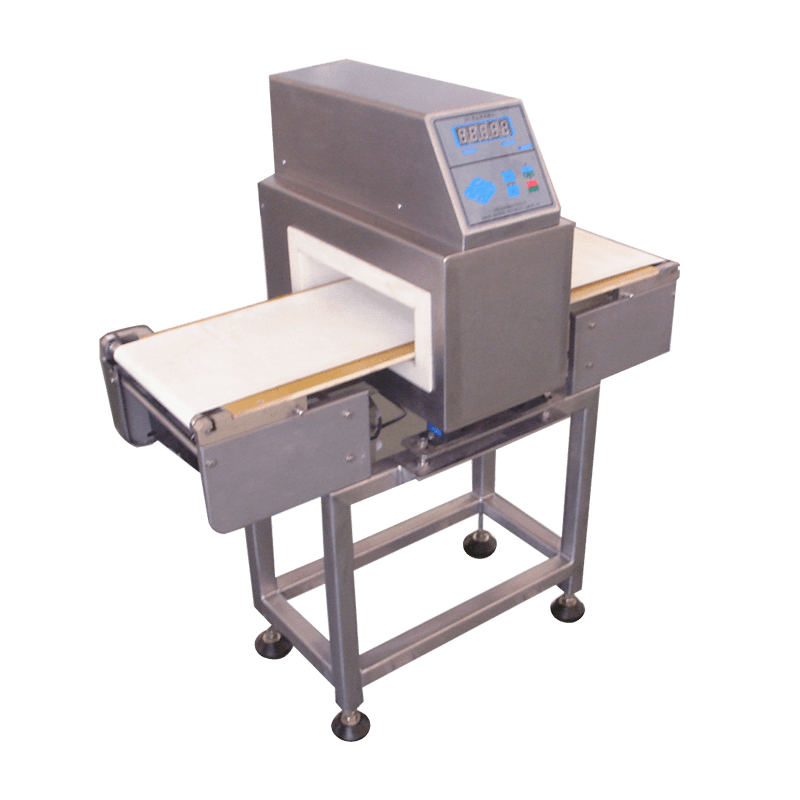

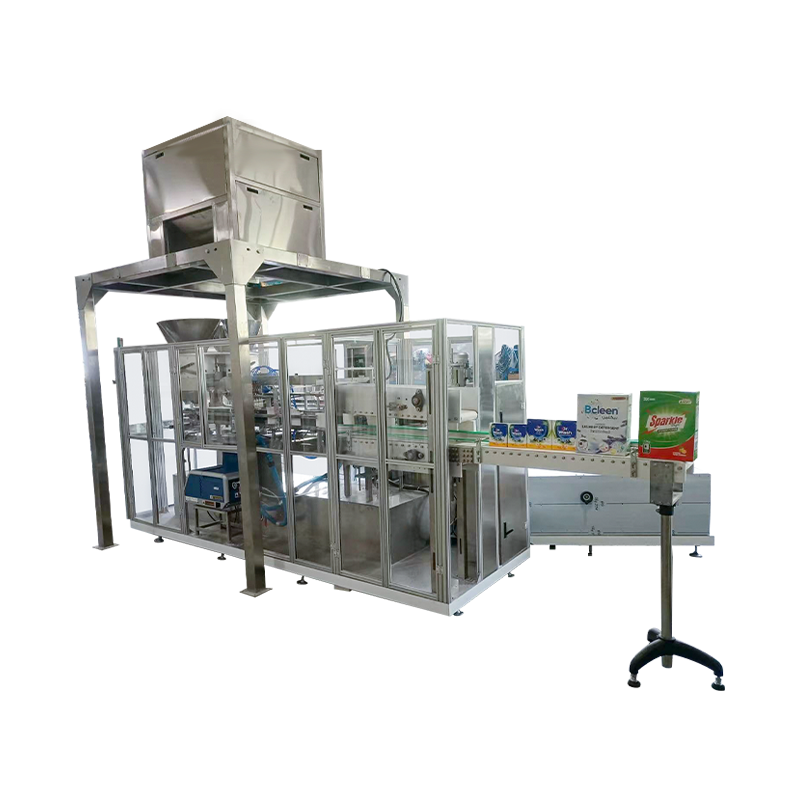

Contact Us